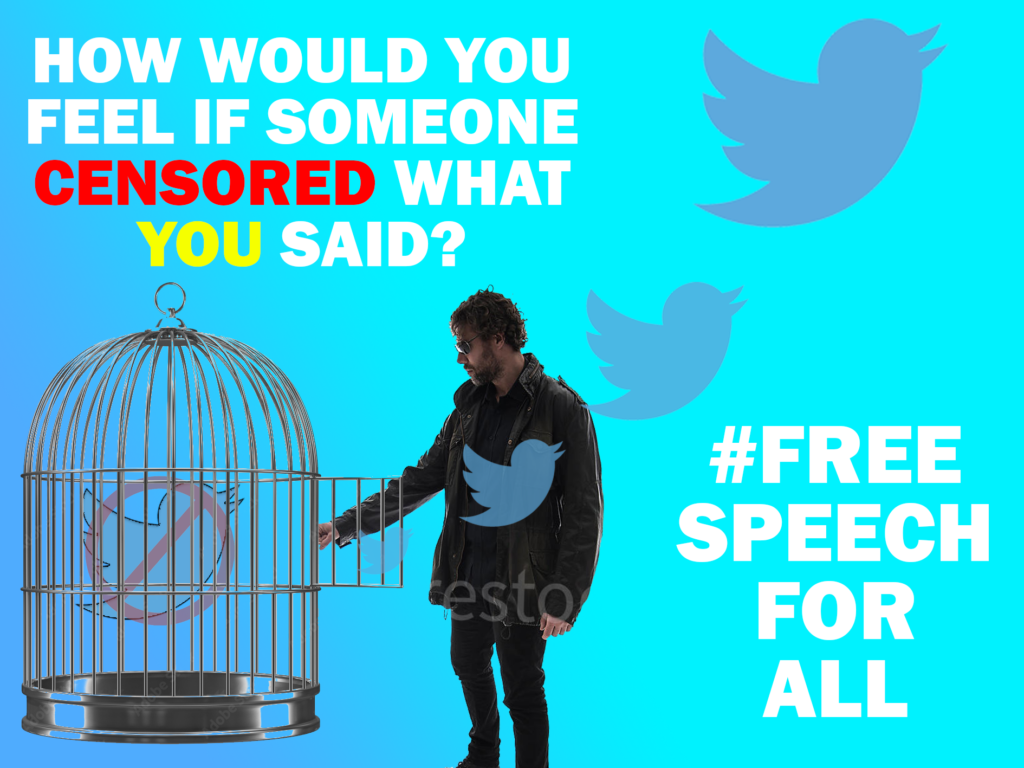Exam Question: Ideology can be defined as a collection of values and beliefs. To what extent do media products target audiences by constructing an ideological view of the world?
Key Things to talk about / keep in mind:
- Make sure your essay is consistent, coherent and complete. In other words, this should be a full answer to the question. Try not to consolidate your ideas too early!
- Must have an introduction, a central argument and a conclusion.
- Authoritarianism, Libertarianism, Right wing, Left wing. Use secondary sources (ie quotation) to help to support your knowledge and understanding.
- Knowledge of media regulation – you can draw upon Livingstone and Lunt (pp 141-152). Feel free to include any ideas from Hesmondhalgh (pp 153-163)
- Make sure you show some institutional knowledge of both papers – ie structures of ownership, history, purpose, intention etc.
- Make sure you are aware and able to discuss ideas by Habermas, Curran and Seaton’s Ideas around the liberal press
- Know about Chomsky and have quotes on him.
– “He who controls the mind of the media controls the public” - Make sure that you are able to include specific detail about both Papers
Structure:
- Introduction
- Developing your argument or line of reasoning
- Conclusion
- References
Essay:
Introduction
In this essay I am going to talk about how media products such as the ‘Daily mail’ and ‘The i’, being our CSP’s construct ideological views on the world. The Daily Mail and The I are both newspapers, with The Daily Mail being founded in 1896 and The I being founded in 2010. The issues I am going to explore with this essay is “How the public’s mind is controlled through the media corporations” – Noam Chomsky, and strategies media uses to control the public. First of all The Daily Mail is seen to be as a Authoritarian right winged newspaper and The I being a Libertarian left winged newspaper. I will discuss how media is regulated through Livingstone and Lunt’s theory and how media companies minimize risk with David Hesmondhalgh theory.
Paragraph 1
The Daily Mail is owned by the Daily Mail General Trust (DMGT) and also by Lord Rothermere it was originally created to tell people what is happening with the world which was what the Public Sphere was, they were said to be aware of what was going on in the world with democracy being around, Habermas said. But once The Daily Mail realised they can use media to control people and give them certain beliefs they changed to this with the end of the public sphere due to which Habermas believed came with Mass Media globalisation reduced the effectiveness due to fewer voices, this can be seen today with the DGMT owned not only The Daily Mail but also The I. This is done to reduce ‘the risky business’ – David Hesmondhalgh which comes with owning a media company, this is done through Vertical integration whereby in this case the DGMT owns both newspaper companies.
Paragraph 2
I would argue that The Daily Mail as long as The I are right wing as The I was adopted by The Daily Mail, however its editor Oliver Duff can be seen as someone who is left winged as he is young therefore he is more likely to have more left wing views. For example with The Daily Mail newspaper on Monday the 6th of June 2022 you can see the queen smiling looking her best on the front page which is backed up by the quote of ‘the Queens poignant message’ which shows bias and shows that this paper is potentially a pro-royal family newspaper, the reason this is done is to show the public how great the royal family is and you can even further tell that The Daily Mail is pro-royal family as Lord Rother mere has the title ‘Lord’ in his name which can only be given by the royal family, you can also tell that the paper has old fashion values with the font of the newspaper looking medieval, whereas with The I the royal family is seen with them not looking the best, backed up with a quote on the front page ‘Vote on Johnson future turning toxic for Tories’ which tries to bring your attention away from the royal family and towards libertarianism, the font of The I is also to be seen as more modern suggesting more modern and new thoughts this is seen throughout more of the paper with it further being backed up with the quote ‘You should be reading this in the front page (The hidden horror of the hunger crisis in east Africa)’ from page 16 of The I this can also be seen as more serious news which shows the audiences the reality of what is going on in the world with them also allowing journalists and advertisers to endorse more critical thinking, however they have also done this as a advertisement to minimize the risks again.
Paragraph 3
Linking back to paragraph 1, The Daily Mail can be seen as a mass media corporation with its website attaining over 360 million unique users every month. A reason why so many people may view it is because they seek for Hedonism whereby they are seeking pleasure and avoiding pain. Exchanging please for pain if that pleasure isn’t easily accessible then that pain will be greater. With the papers less serious news, this can be seen on page 6 ‘Hilarious and barmy… final parade was so very British’. It is said that the DGMT annual revenue is around £1bn. Most of the money gained from this is through advertising inside the newspaper and advertisers look for less serious news to sell there product as they don’t want controversy like The I newspaper surrounding it.
Conclusion
In conclusion The I and The Daily Mail are both newspaper which construct different ideological be beliefs of how the events around the UK should be viewed. Where The Daily Mail can be widely seen as a Authoritarian Right winged newspaper and The I can be seen as a Libertarian Right winged newspaper both endorse in advertisement and both are regulated. Both fall under Chomsky’s ideas of how they try to passively change your thinking with his 5 filters on the mass media.





